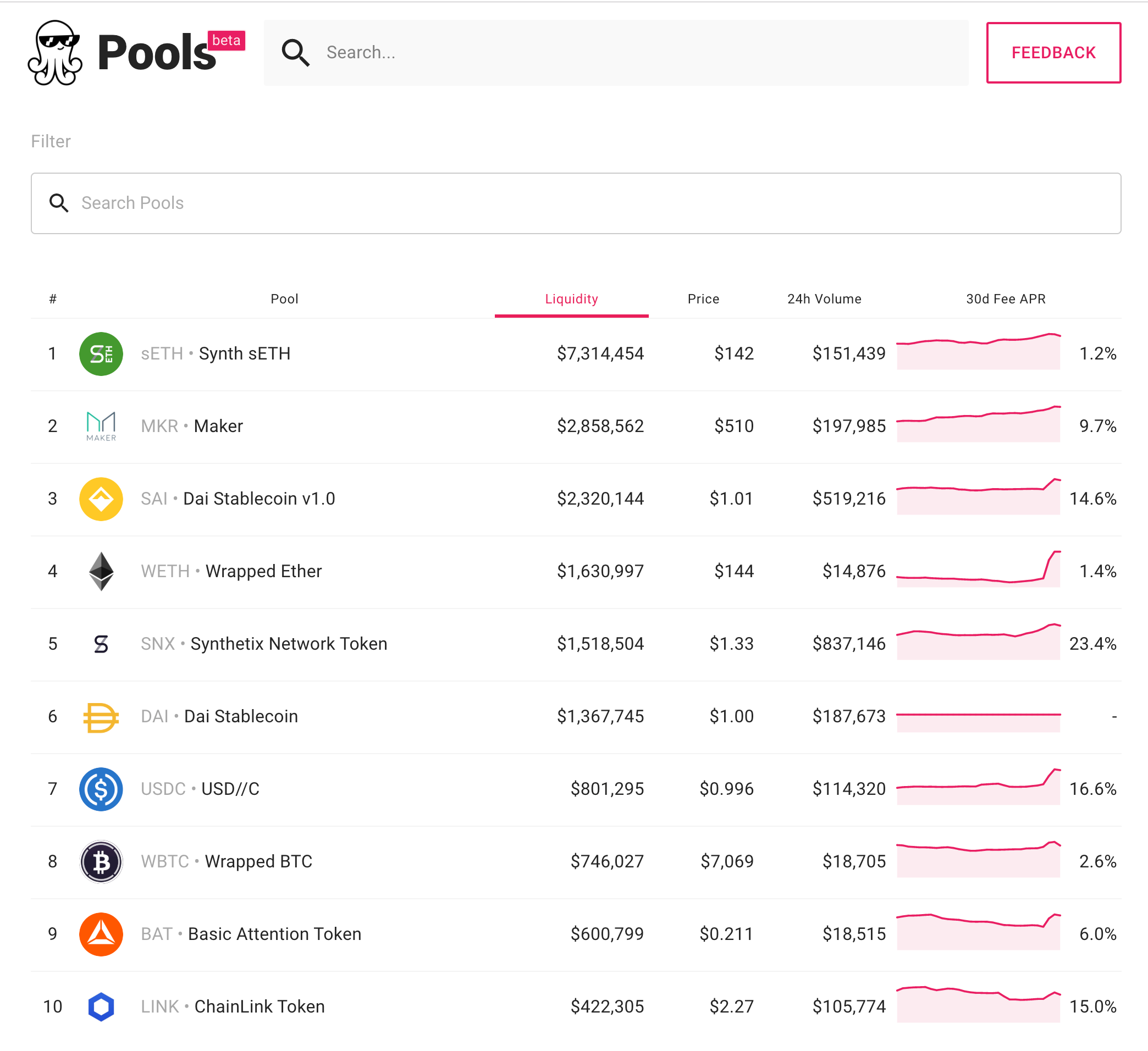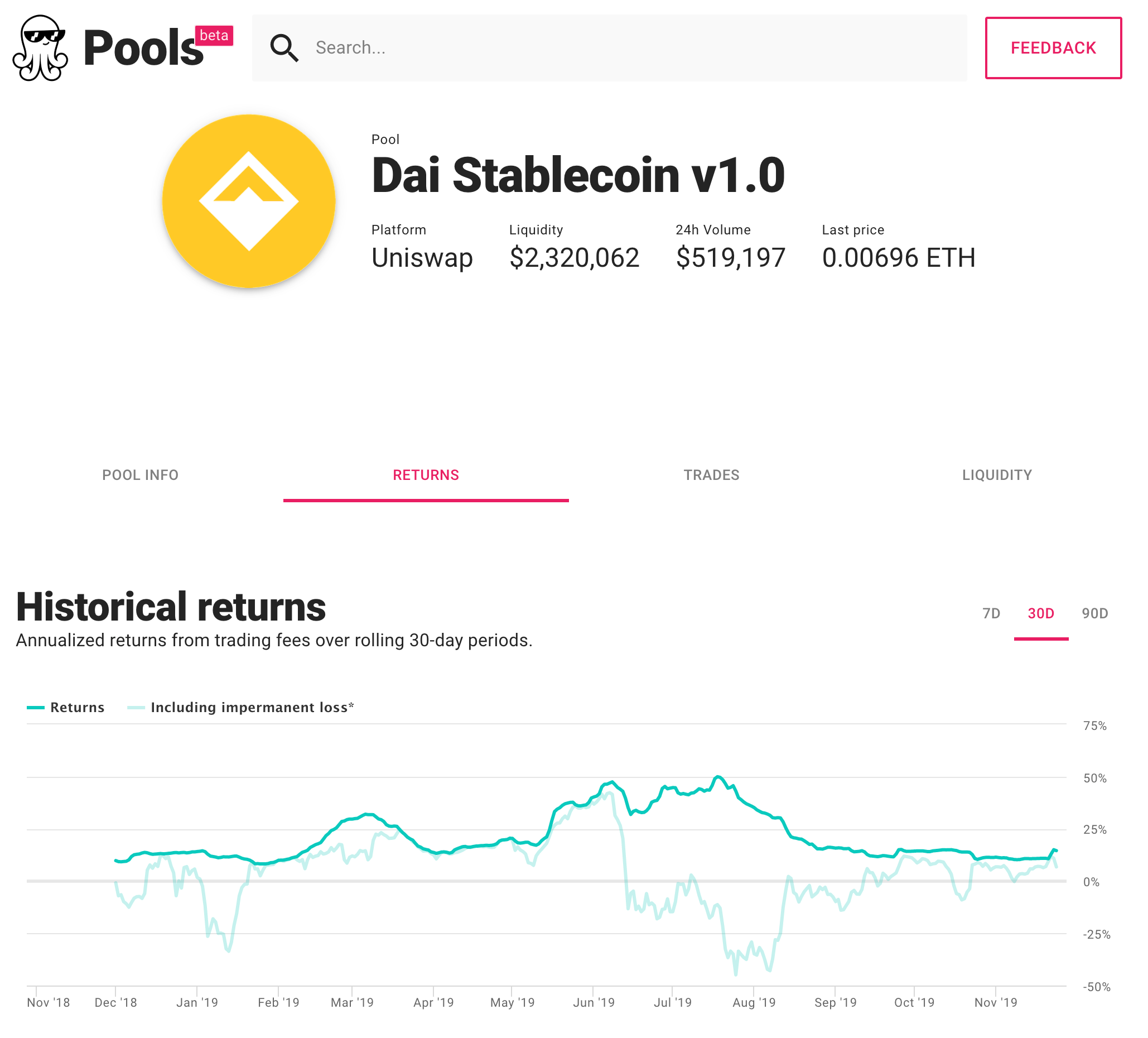Caleb on challenges of communicating and distilling information about Uniswap liquidity pools, and Ethereum business models.
Hello! What’s your background, and what are you working on?
Hi! My name is Caleb Sheridan, and I am a co-founder of Blocklytics.
My background is from the world of online poker. I spent years playing and transitioned into working as a product manager for the world’s biggest operator, PokerStars. Online gambling is a challenging and unexpected mix of fintech and gaming. There is an important balance between fun, security, and ecosystem health – familiar challenges to many crypto networks.
The concept of digital money is natural. Online poker’s Black Friday (April 2011) shows how digital money can go wrong. Seized domain names from that day ended up exposing operator fraud, where player funds were stolen.
But my aha-moment for crypto was tracing transactions through a block explorer. There is a rich, perfect history of money available to anyone curious enough to look. I’ve spent the last year working with on-chain data. Our mission at Blocklytics is to make blockchain data simple and useful for people.
What’s Pools.fyi backstory?
We’ve been analysing Uniswap for the better part of a year in our weekly Uniswap Report. Our audience is extremely engaged, so we wanted to build a tool for deeper analysis.
Pools.fyi is designed for liquidity providers who support liquidity pools on networks like Uniswap in exchange for some benefit. Distilling information about liquidity pools is difficult even for advanced users, so we’re trying to present this information in a simple and comprehensive way.

What went into building the Pools.fyi?
The first version of the product is a simple application that uses our public API endpoints. We already had those available for our weekly reports. From that standpoint, it was quick to develop. We have since brought on more team members and entered partnerships to expand the site’s functionality after a successful initial release.
Since launching Pools, we have seen more and more projects implement peer-to-contract trading. Peer-to-contract trading offers a better experience than centralized alternatives. Within our bubble, critics of these systems are often simply malinformed. Outside of our bubble, Web3 accounts are beyond the understanding of users, and automated market-making systems sound like the dark arts.
One of our challenges is clearly communicating how pools work, especially given different individual goals and given the growing number of variants. More broadly speaking, applications face a collective challenge from the daunting Ethereum onboarding process (buy ETH, setup Web3 account, interact with dapps). Currently, a clear winning solution is not yet available.

What’s your business model?
Blocklytics is a bootstrapped company. We fund our public efforts with client work and grants. Most of the time, this means extracting on-chain data into reports, dashboards, and even Web3 applications for teams and their communities.
Ethereum business models are evolving quickly, and we are confident in the opportunities available to application-layer products like Pools. We will be trialing different monetisation models, starting with a trading widget to swap ether and tokens directly from our website.
What are your goals for the future?
We will continue to grow the use of Ethereum applications through data. We will continue to take a user-centric approach to developing highly tailored experiences. If we do those things well, the rest follows.
